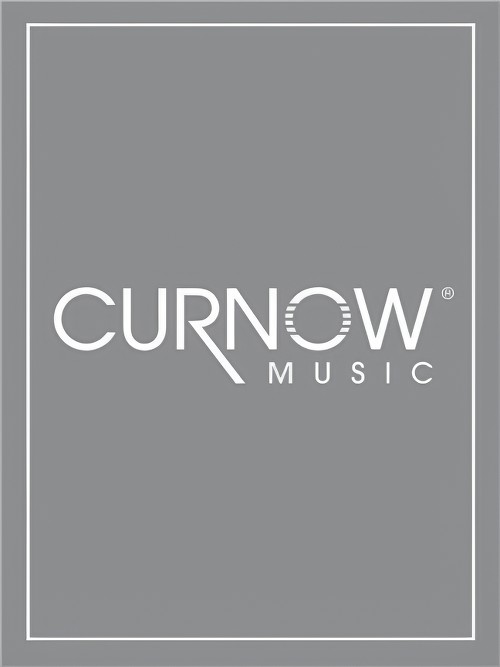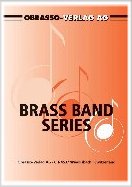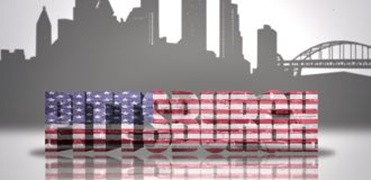Results
-
 £59.95
£59.95At The Edge Of Time (Brass Band - Score and Parts) - Steadman-Allen, Ray
At the Edge of Time is a Sinfonietta of three movements. The first is based on The Head that once was Crowned with Thorns, whilst the second is an eloquently vocal cornet solo. The Finale is the closest that Steadman-Allen gets to the impish tonal humour of Heaton and has a glorious surprise ending and reprise of the opening hymn.
Estimated dispatch 7-14 working days
-
 £29.95
£29.95At The Edge Of Time (Brass Band - Score only) - Steadman-Allen, Ray
At the Edge of Time is a Sinfonietta of three movements. The first is based on The Head that once was Crowned with Thorns, whilst the second is an eloquently vocal cornet solo. The Finale is the closest that Steadman-Allen gets to the impish tonal humour of Heaton and has a glorious surprise ending and reprise of the opening hymn.
Estimated dispatch 7-14 working days
-
 £47.50
£47.50Be Thou My Vision (Cornet or Flugel Horn Solo with Brass Band - Score and Parts) - Curnow, James
This timeless Irish hymn is presented here in a masterfully crafted arrangement by James Curnow.Duration: 3:00
Estimated dispatch 7-14 working days
-
 £47.60
£47.60ASH GROVE, The (Cornet or Flugel Horn Solo with Brass Band) - Marlow, Alan P.
Grade: Easy.
Estimated dispatch 7-14 working days
-
 £24.95
£24.95CAPRICCIO (Eb Cornet or Eb Horn Solo with Brass Band Set)
Estimated dispatch 7-14 working days
-
 £50.90
£50.90CAVATINE (Cornet or Flugel Horn Solo with Brass Band) - Bizet, Georges - Fernie, Alan
From the Pearl Fishers. Grade: Easy/Medium.
Estimated dispatch 7-14 working days
-
 £24.95
£24.95NOCTURNE (Flugel Horn or Cornet/Trumpet Solo with Brass Band Set)
Estimated dispatch 7-14 working days
-
 £35.00
£35.00POSITIVELY PITTSBURGH (Brass Band) - Barry, Darrol
Fuego was composed for Tom Hutchinson of Cory Band, this is a virtuosic cornet solo in the tradition of Harry James, Tico Tico and Charivari. Composed with a Latin groove, the music is in turns sultry then sizzling hot! Grade: Championship section. Duration: 4:00
Estimated dispatch 7-14 working days
-
 £50.90
£50.90SENZA MAMMA (Cornet or Flugel Horn Solo with Brass Band) - Puccini, Giacomo - Parkes, Peter
From Suon Angelica. Grade: Medium.
Estimated dispatch 7-14 working days
-
 £50.90
£50.90SONG OF THE INDIAN GUESTS (Cornet or Flugel Horn Solo with Brass Band) - Rimsky-Korsakov, Nikolai - Casentieri, Martin
Grade: Easy/Medium.
Estimated dispatch 7-14 working days
